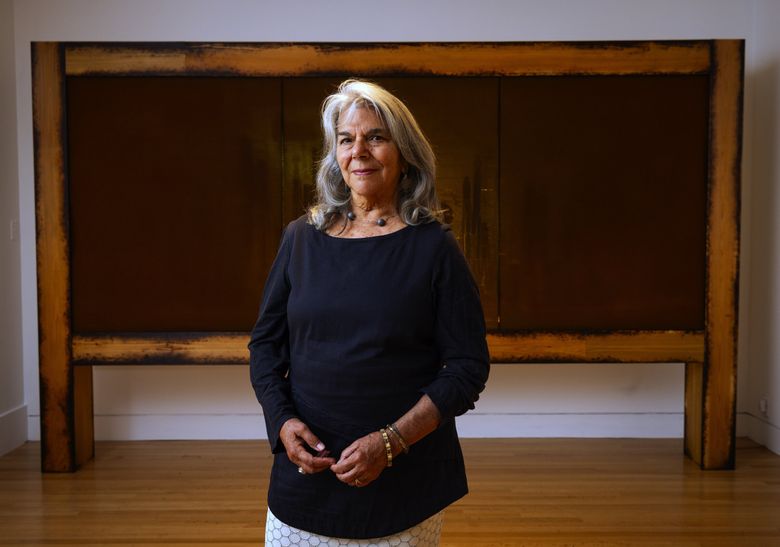Seattle artist Mary Ann Peters has first solo museum show at the Frye
By Gayle Clemans. Excerpt from The Seattle Times.
Imagine creating a work of art from the perspective of being under the Earth’s surface. Or through a mesh screen and a keyhole. Or out of scattered flour, draped ribbons or bundled fabric. And imagine that those materials and points of view can tell the world about something forgotten or unseen. For four decades, Seattle-based artist Mary Ann Peters has been doing exactly that, and much more.

Using her experiences as a second-generation Lebanese American artist, along with research and travel, Peters conjures up beautiful, conceptual works of art out of paint, glycerin, lemons, patterned screens, found objects — whatever it takes to get people to look longer and learn more about unknown or suppressed diaspora narratives: stories about people moving by choice or by force from their homelands.
Now, Peters has her first solo museum exhibition — “Mary Ann Peters: the edge becomes the center” — at Seattle’s Frye Art Museum. The show features two bodies of work that reveal ideas about displacement, migration and the diasporic histories of the Middle East and elsewhere.
“It’s an amazing time to honor her labor, considering everything that’s going on in the world,” said Alexis L. Silva, the curatorial assistant who coordinated the show. “Her work is important because she asks the viewer to think about what is pushed away from the center, what are we choosing to ignore, and what has been taken from us.”
A much-admired figure and activist in the Seattle art community, Peters has been instrumental in promoting artists’ rights and developing arts organizations, including as a founder of the Center on Contemporary Art and as a former board member and president of the National Campaign for Freedom of Expression.
Longtime friend and fellow artist Barbara Earl Thomas says that Peters is “open, curious and generous. In her generosity, she takes risks to ask questions of herself and others about how we can make the world and Seattle better not only for ourselves but the newly arrived. What I love most is that she is willing to have a spirited argument, where friendship endures, beyond differences of opinion, which, in Seattle, is not always easy.”
